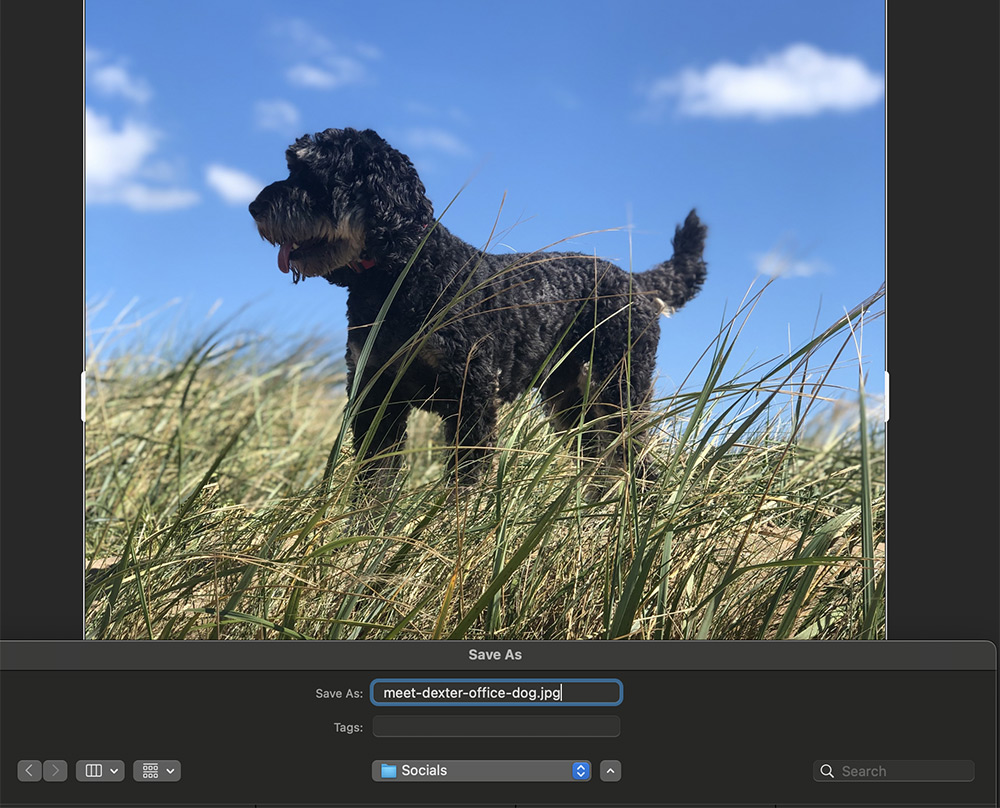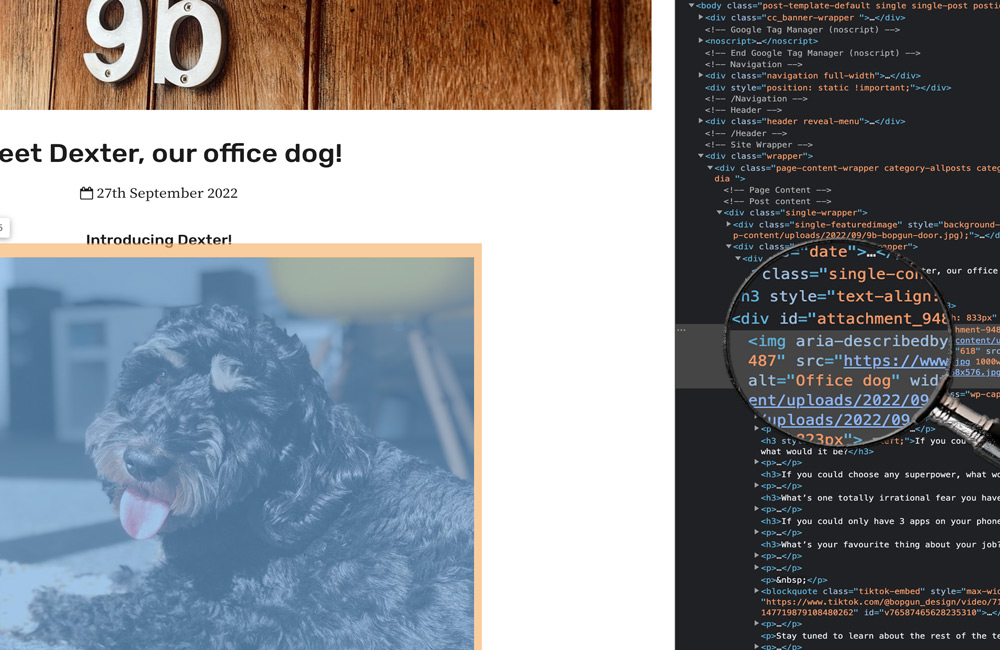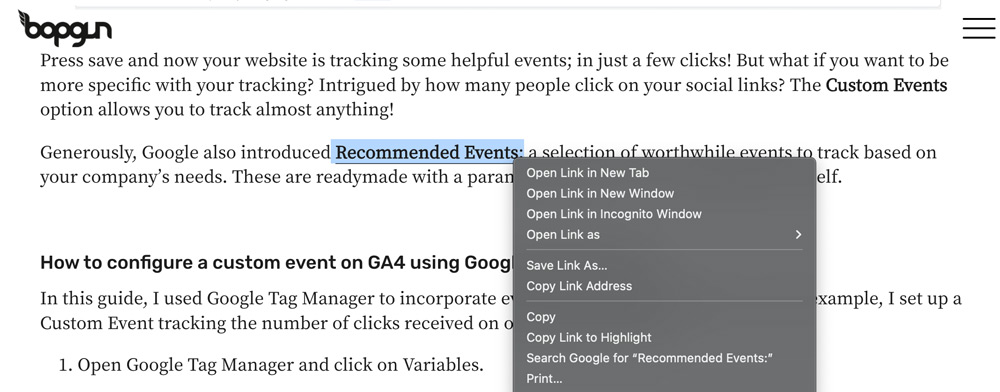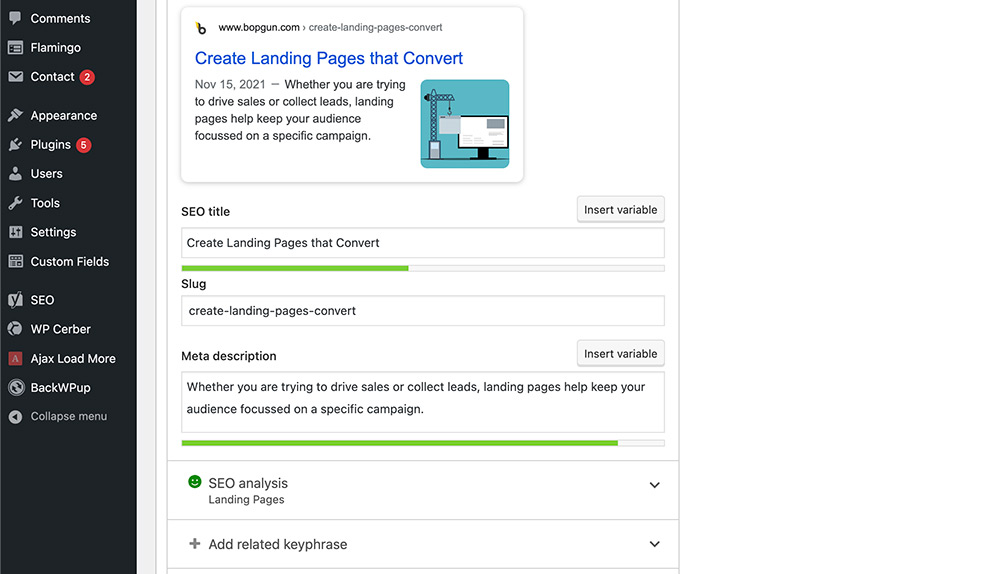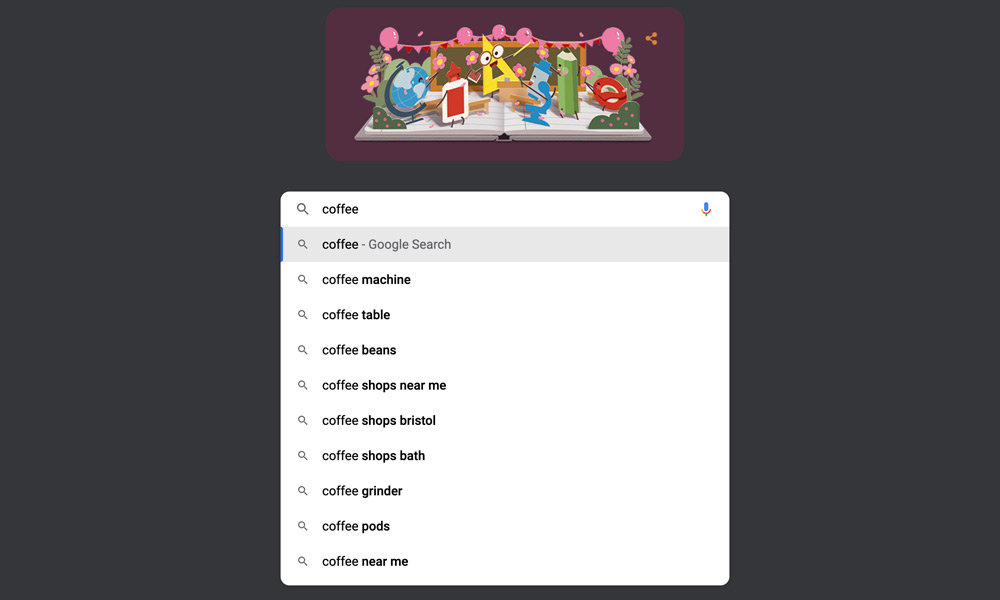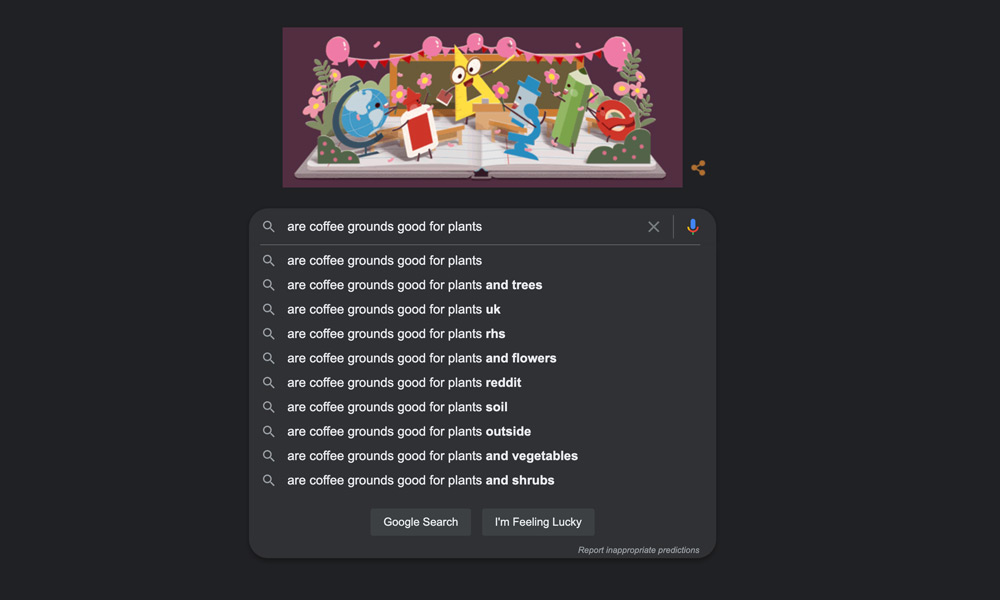
SEO Cheat Sheet
6th October 2022
For anyone creating a website or webpage, SEO (search engine optimisation) is crucial to ensure your website does not get lost in the void. There are millions and millions of websites on the web, so there is some serious competition to get your page noticed and on the front page of Google. SEO is the best way to get a head start in the race, so we have put together a cheat sheet to help kick-start your website.
1. File Naming
A simple and often forgotten technique is naming the files of the images you put on your website. Using focused keywords describing your image, spaced with hyphens, means that Google can recognise your image and influence SEO. A website handy for finding keywords is Ubersuggest, which helps to rank keywords against the competition.
2. Alt Tags
An alt tag provides context to what an image is displaying. For accessibility purposes, alt tags offer an alternative description when images cannot be loaded or found. While this is important, an alt tag also helps search engines to index your image, helping your SEO.
3. Outbound Links
Using outbound links doesn’t just make your content more engaging but helps search engines understand the purpose of your page. Keeping outbound links relevant to your topic also enhances your SEO ranking.
4. Internal Links
Connecting other web pages from your website helps users to navigate while driving traffic to your other pages.
5. Research Competitors
What are other bloggers doing? What techniques do they use? Why do they stand out? Asking yourself these questions ensures that your content will stand out against competitors.
6. Unique Content
Make your webpage or blog a stand-out piece by adding your own individual flare. You want people to be attracted to your page and stay on it. One way to do this is to add your own photography rather than stock images; this increases individuality on your page.
7. Good Meta Description
The meta description is one of the deciding factors in whether someone will click on your website, so it needs to be relevant and appealing. Keywords in your meta description will tie your web page together. To help entice readers, keep your description short and to the point (Yoast recommends keeping it up to 155 characters).
8. Social Media
While social media does not directly impact your page’s SEO, it is a powerful tool for driving traffic to your website, so don’t miss out on potential exposure by avoiding it. A quick, simple way to incorporate this is by adding social media buttons at the bottom of your page.
Social Proof
Social proof is building your brand’s credibility through an audience, therefore, if one of the pages you’ve shared on social media with an inbound link receives numerous shares and mentions this can increase your page’s authority. Likewise, when influencers recommend your brand on their platforms. Search engines recognise raising popularity through inbound links relating back to your brand and can enhance SEO.
9. Long-tail Keywords
Long-tail keywords are phrases you use to target a niche audience in your online marketing campaigns. These keywords are longer and more detailed than broad keywords, allowing you to reach people who are actively searching for specific products or services. Long-tail keywords help you refine your targeting, connect with a more engaged audience, and ultimately drive better results for your marketing efforts.
An example of a short keyword, in comparison to a long-tail keyword:
Following our cheat sheet will strengthen your SEO ranking on Google and help your webpage soar. If you need a hand boosting your SEO to make a stand-out website against competitors, get in touch.
While SEO focuses on behind-the-scenes strategy, have you thought about the front-door to your website? Read our blog on landing pages to see how you can make yours convert.

